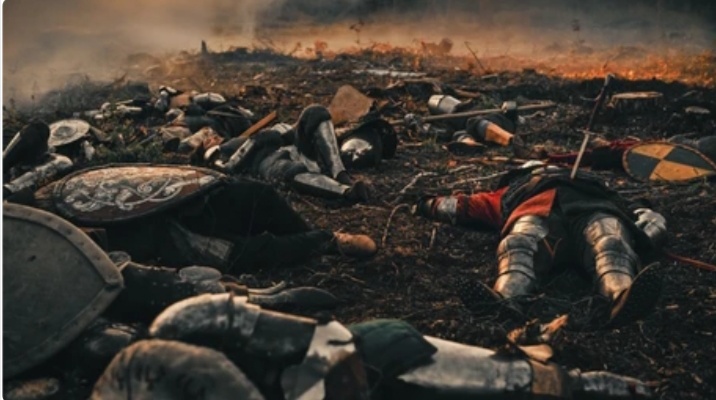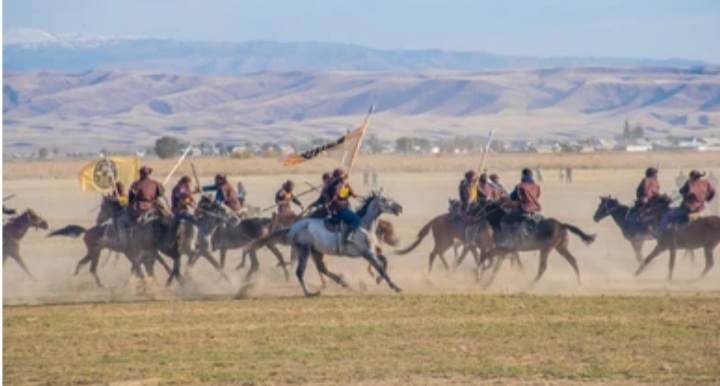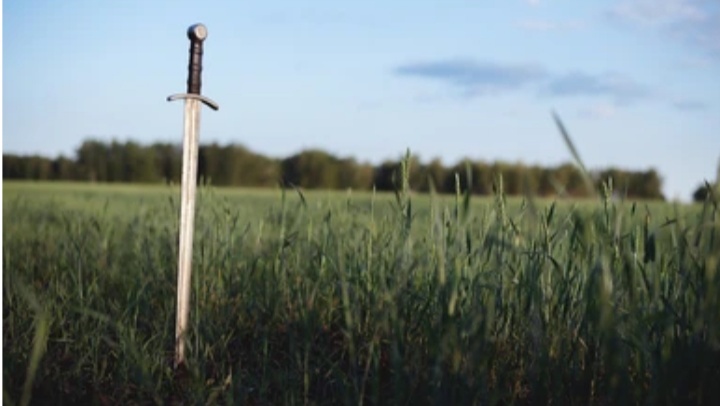Both ancient and present generations have their unique strengths and weaknesses. Here’s a balanced comparison:

Ancient Generation (Pre-Industrial Era)
Strengths:
- Spiritual connection: Stronger emphasis on faith, spirituality, and connection with nature.
- Community-oriented: Closer-knit communities, tribal living, and extended family ties.
- Resilience: Adaptability, resourcefulness, and ability to thrive in harsh environments.
- Traditional skills: Mastery of crafts, agriculture, and storytelling.
- Simplicity: Less materialistic, more content with basic needs.
Weaknesses:
- Limited access to education and information.
- Restricted social mobility and opportunities.
- Vulnerability to diseases and natural disasters.
- Limited technological advancements.
- Social inequalities and hierarchies.
Present Generation (Digital Age)
Strengths:
- Access to information: Unprecedented access to knowledge, education, and global connectivity.
- Technological advancements: Rapid progress in medicine, transportation, and communication.
- Social progress: Increased equality, human rights, and social justice.
- Global connectivity: International collaborations, cultural exchange, and diversity.
- Innovation: Entrepreneurship, creativity, and problem-solving.
Weaknesses:
- Distractions and addiction: Social media, technology, and consumerism.
- Environmental degradation: Climate change, pollution, and resource depletion.
- Mental health concerns: Stress, anxiety, and isolation.
- Social comparison and decreased empathy.
- Information overload and decreased attention span.
Best of Both Worlds
Ideally, we can learn from the strengths of both generations:
- Balance technology with nature and community.
- Preserve traditional skills while embracing innovation.
- Foster empathy, compassion, and social responsibility.
- Prioritize education, critical thinking, and media literacy.
- Cultivate mindfulness, self-awareness, and mental well-being.
Which aspects of ancient and present generations do you think are most valuable?
The present generation has made significant progress in various aspects, especially in reducing violence and promoting peace. Here are some points to ponder:

Then (1000+ years ago):
- Frequent wars and battles between kingdoms.
- High casualty rates, with lakhs (hundreds of thousands) of soldiers dying.
- Limited international cooperation and diplomacy.
- Feudal systems, castes, and social hierarchies.
- Limited access to education, healthcare, and human rights.
Now (Present Generation):
- Reduced global conflicts and wars.
- International cooperation, diplomacy, and organizations (UN, EU, etc.).
- Improved human rights, social justice, and equality.
- Access to education, healthcare, and technology.
- Global connectivity, cultural exchange, and collaboration.
Progress in Numbers:
- Deaths in battle:
- 1000 years ago: lakhs (hundreds of thousands) per year.
- Today: significantly reduced, with most conflicts resolving through diplomacy.
- Global poverty:
- 1990: 35% of the world’s population lived in extreme poverty.
- 2020: less than 9% (WHO).
- Life expectancy:
- 1000 years ago: around 35-40 years.
- Today: global average life expectancy is around 72 years (WHO).
- Education:
- 1000 years ago: limited access, mostly for the elite.
- Today: universal education, with over 90% enrollment rates (UNESCO).
Challenges Remain:
- Climate change and environmental degradation.
- Social inequalities and economic disparities.
- Mental health concerns and stress.
- Cybersecurity threats and online harassment.
- Pandemics and global health risks.
Conclusion:
While there are still challenges to address, the present generation has made significant progress in promoting peace, reducing violence, and improving overall quality of life.


